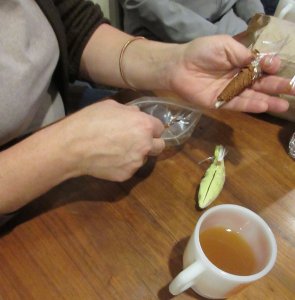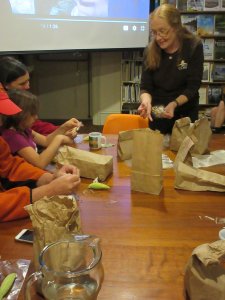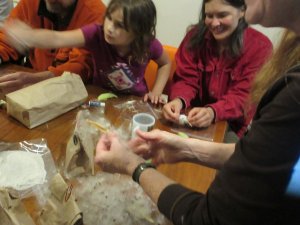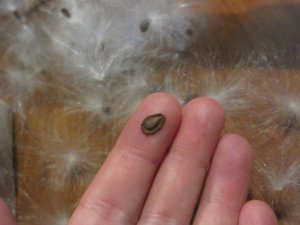Last evening, the Conservation Council’s Learning Outside project coordinator, Nadine Ives, and our Communications officer, Emily, and I ventured out with a group of milkweed enthusiasts to collect seed pods and learn about milkweed’s importance to monarch butterflies. We met at Conserver House and headed down to the trail along the Fredericton Green.
Common milkweed grows all along the riverbank, soaking up the full sun and flourishing in the well-drained soils. Common milkweed is vital for the survival of the monarch butterflies, which are threatened due to habitat destruction and climate change. The monarch butterfly lays its eggs only on milkweed plants and the caterpillar survives off the leaves! Adult monarchs and other pollinators also enjoy the pollen of the milkweed flowers.
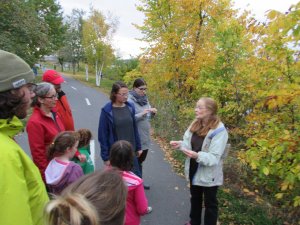
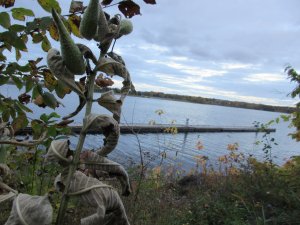
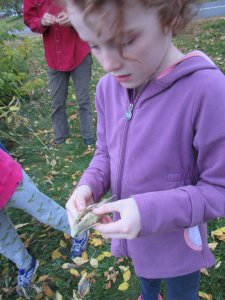
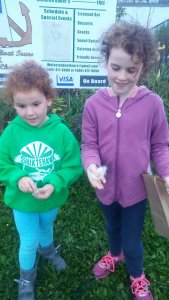
Participants filled their bags with milkweed seed pods and even got to discover some other native species that grow along the St. John River, such as the river bank grape!
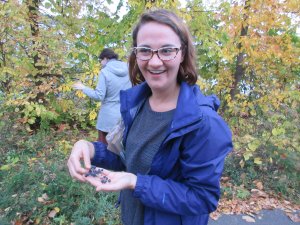
We ventured back to Conserver House to learn more about monarchs, how to get the seeds from the pods, how to get them ready for spring planting and to enjoy some local apple cider!
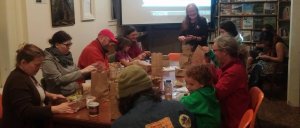
After seeds were removed from the pods, we had a discussion about cold stratification. Many of our native species require a period of cold dormancy to germinate – this happens in nature when winter comes and then spring. Since our seeds are not going to be outside, we have to mimic winter by giving them the cold stratification treatment!
The steps to cold stratify seeds are very simple and refrigeration times vary depending on which seeds you have. Here are the steps of cold stratification for milkweed seeds:
- First soak a coffee filter/paper towel
- Place seed on wet the paper then fold it over so seeds stay inside
- Place folded papers in plastic bag– date the bag
- Refrigerate seeds for 30-60 days
- After the number of days, remove seeds from fridge and plant them in a seed tray indoors or sow them directly into the ground
We wrapped up the workshop discussing the importance of monarch butterflies. We thank everyone who came out to this workshop and look forward to hosting similar workshops in the future!
We thank our funders for making this workshop possible: Fredericton Community Foundation, NB Wildlife Trust Fund, NB Environmental Trust Fund.
To stay updated on upcoming workshops, you can be added to our mailing list by contacting: info@conservationcouncil.ca and following us on our various social media websites:
Learning Outside facebook page
Conservation Council facebook page
Here are some more pictures from the workshop!
